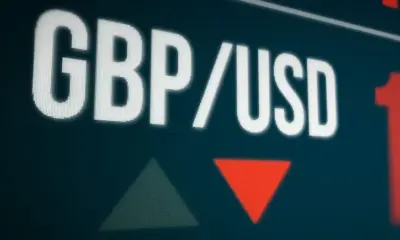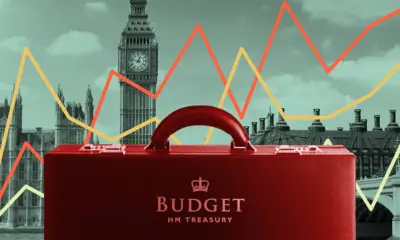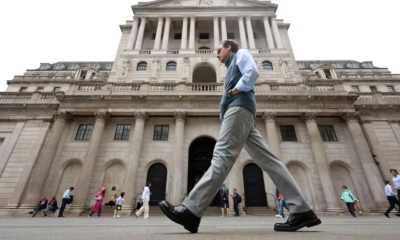Business
UK Inflation Falls to 2.8% BoE Hints at Rate Cuts by Spring 2026

The United Kingdom’s inflation rate has dropped to 2.8 percent, marking its lowest level since early 2021. The decline offers some relief to households and businesses that have endured years of elevated prices. Economists and policymakers are now watching closely as the Bank of England signals the possibility of cutting interest rates by the spring of 2026 if current trends continue. The latest data suggests that inflation is gradually aligning with the central bank’s target, though underlying risks remain tied to global commodity prices and wage growth pressures.
Slowing Price Growth Signals Economic Shift
After a long stretch of persistent inflation, the new figures from the Office for National Statistics reveal a notable cooling in energy, transport, and food costs. Lower wholesale gas prices and improved supply chains have helped stabilize costs across multiple sectors. Supermarkets have begun reducing prices on essentials such as dairy and fresh produce, while fuel prices have remained largely stable.
Economists interpret this slowdown as a sign that the Bank of England’s tight monetary stance is working. Over the past two years, the central bank raised rates to their highest level in over a decade to contain runaway inflation. That policy has helped anchor expectations and curb excessive spending. However, the price moderation has also slowed consumer demand, with retail sales remaining flat and mortgage approvals decreasing slightly in recent months.
The shift in inflation dynamics points to a delicate balancing act for policymakers. While falling prices relieve pressure on households, they also indicate softer economic momentum. The manufacturing and construction sectors have shown modest growth, yet investment activity remains cautious as firms await clarity on the direction of interest rates.
The Bank of England’s Rate Outlook
At its latest policy meeting, the Bank of England maintained its benchmark rate but hinted at potential reductions in 2026. Governor Andrew Bailey emphasized that the decision to cut rates would depend on continued evidence that inflation is sustainably returning to the two percent target. He noted that the central bank is encouraged by recent data but will remain vigilant about wage inflation and imported price shocks.
Analysts expect the first rate cut to arrive around April or May 2026, contingent on global conditions and domestic spending patterns. Some market participants believe an earlier move could be warranted if economic activity weakens sharply in the coming quarters. The financial markets have already started pricing in the possibility of a gradual easing cycle next year, with gilt yields slipping slightly in response to the latest inflation figures.
For borrowers, any rate reduction would be a welcome relief after a prolonged period of high mortgage costs. Small businesses struggling with financing expenses would also benefit from cheaper credit. However, policymakers have cautioned that premature rate cuts could reignite inflationary pressures, particularly if energy prices spike again due to geopolitical tensions.
Household Confidence and Market Reaction
Household sentiment has improved modestly as real incomes rise and wage growth begins to outpace inflation. Surveys show that consumer confidence, while still below historical averages, is trending upward. Many families are beginning to feel less strain from grocery bills and utility payments, though housing affordability remains a persistent issue in major cities such as London and Manchester.
The financial markets have reacted positively to the news. The FTSE 100 gained slightly as investors anticipated a more supportive monetary environment. The pound remained steady, reflecting cautious optimism about the UK’s economic outlook. Financial analysts describe the current climate as one of cautious recovery, with inflation falling but growth yet to accelerate meaningfully.
In the broader European context, the UK’s inflation trajectory mirrors similar trends in the eurozone, where prices have also begun to ease. This synchronization underscores how global factors, from energy prices to trade logistics, continue to shape national inflation patterns. The European Central Bank’s cautious stance has also influenced expectations in London, reinforcing the likelihood of a coordinated policy approach across major economies.
Conclusion
The fall in UK inflation to 2.8 percent represents a turning point after several challenging years of high living costs. The prospect of Bank of England rate cuts in 2026 has injected a dose of optimism into markets and households alike. Yet officials remain wary of declaring victory too soon. Sustained wage growth, housing shortages, and potential energy disruptions could still pose challenges on the path to stable prices.
For now, the trend offers a glimpse of relief for millions of Britons and signals a possible transition to a more balanced and growth-oriented phase of the UK economy. As policymakers prepare for the next chapter, the coming months will reveal whether this soft landing can be maintained without sacrificing long-term financial stability.




















